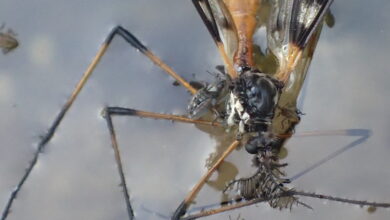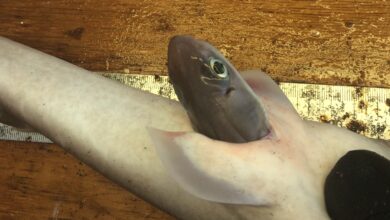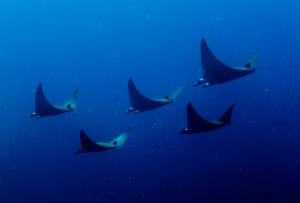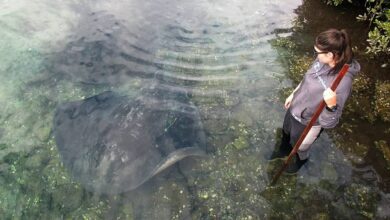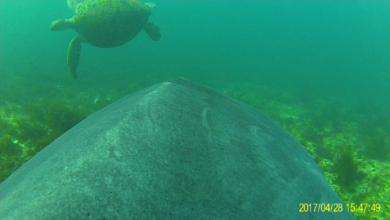Using Rockpool Fish Behaviour to Understand why Rockpools are so Species Rich
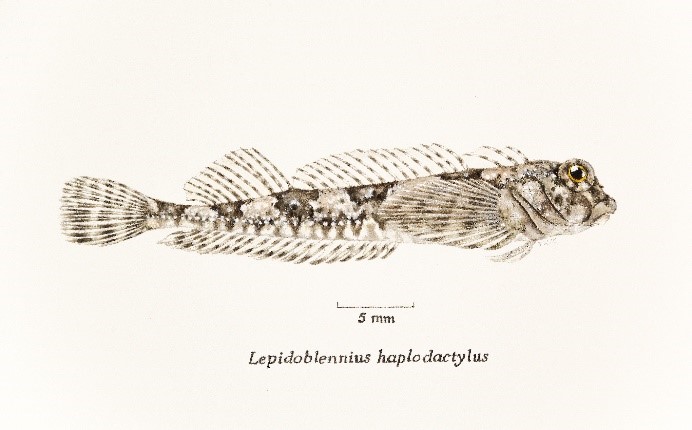


The Cocos frill goby (Bathygobius cocosensis) and the Jap leaping blenny (Lepidoblennius haplodactylus) dominate intertidal rockpools in south japanese Australia making them excellent species to utilize when investigating the vary of rockpool fish communities. Pretty illustrations by Tilley Picket (Instagram: @tilleymadethis).
Following on from a earlier fish thinkers customer submit: “Close to dwelling: what drives the distribution of intertidal rockpool fishes?”, School of Wollongong Researchers Kai Paijmans and Dr Marian Wong have printed new evaluation that gives novel notion into the secretive goings on of rockpool fish communities.
For a lot of who aren’t inclined to wade by the use of scientific literature, Beneath is an overview by lead creator Kai in your enjoyment.
I’ve spent the ultimate 3 years catching, counting, measuring, tagging, observing and even determining the intercourse of rockpool fishes alongside rocky shores of south japanese NSW, Australia. My aim being to understand how extraordinarily quite a few communities of fish can inhabit such confined habitats. Two species particularly (The Cocos frill goby and the Jap leaping blenny) current a extremely excellent different to research this aim because of they occur collectively in large numbers inside rockpools and occupy associated habitats. Preliminary investigations which can be described in my earlier submit counsel that the Cocos frill goby may be competitively dominant, limiting the distribution of various species. Nonetheless, if that’s the case how do competitively inferior species (e.g. the Jap Leaping blenny) persist in extreme numbers?

A Cocos frill goby; a small nonetheless extraordinarily aggressive species current in marine rockpools
To know if the Cocos frill goby is actually competitively dominant, I carried out a sequence of aquarium primarily based contest experiments which involved placing a goby and blenny in an aquarium designed to duplicate a pure rockpool. The pair the place given a single rock shelter to compete over, meaning dominance could very properly be determined by observing which species gained entry to the shelter and which was “kicked out”. The outcomes clearly confirmed the goby to be a superior competitor, being extraordinarily aggressive and profitable entry to the shelter in just about 100% of trials. Apparently, the blennies modified their different of habitat when within the equivalent pool as a goby. When solitary blennies frolicked on the underside of the pool, however when in with a goby they moved onto the facet partitions. This behaviour signifies that “microhabitat partitioning” is going on between species inside a single pool. By hanging out in precisely fully totally different areas inside a rockpool the blennies can avoid the extraordinarily aggressive gobies whereas nonetheless residing within the equivalent swimming swimming pools.
To further understand how competitively inferior species (such as a result of the Jap leaping blenny) dwell in such confined areas with their extraordinarily aggressive pool-mates, I captured tagged and launched every gobies and blennies in rockpools alongside a stretch of shoreline close to my hometown of Wollongong. By repetitively returning to the equivalent swimming swimming pools and determining fish primarily based totally on their tag colours, I’d measure the attachment that each explicit individual fish reveals to a “dwelling” pool. Outcomes revealed that gobies have been far more related to a selected pool than blennies, suggesting that blennies are additional versatile with their residing preparations and subsequently seemingly avoid aggressive confrontations by merely transferring pool.

So why is it very important to know the social politics of fish in rockpools? Properly aside from the reality that rockpool life is fascinating, understanding how a lot of species can get alongside and coexist presents notion into how biodiversity is maintained. Typically, biodiversity is named a function of habitat availability with additional habitats meaning additional species. Nonetheless, moreover it is important (as demonstrated by this study of rockpool fish) to consider the interactions between species and the behaviours displayed in response to those interactions.
Within the occasion you do must strive the whole article and don’t have entry earlier the paywall then Kai can current a PDF should you occur to e-mail him at kp094@uowmail.edu.au



